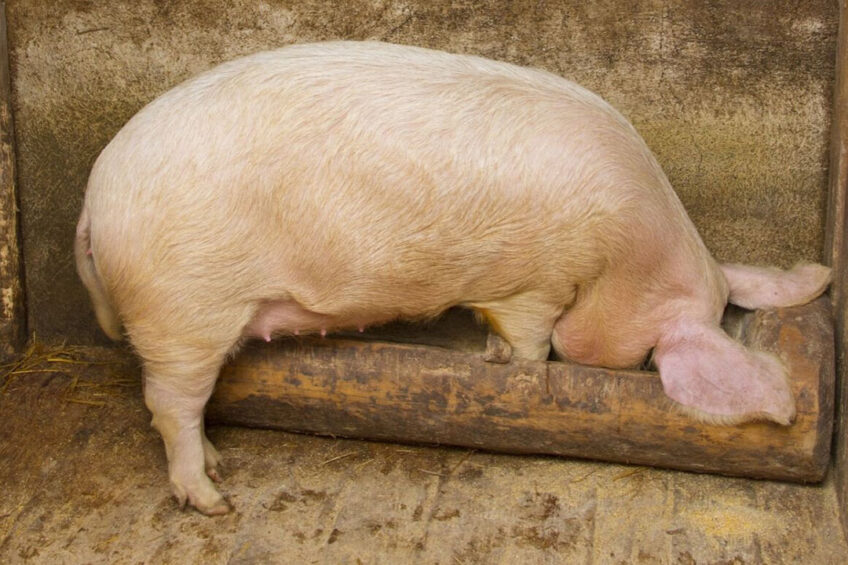Pork industry to drive Russian feed production growth in 2022

In 2021, Russian feed production was likely to be close to the previous year’s level of 30.8 million tonnes since there were no conditions for the substantial rise in the output, Sergey Mikhnyuk, chairman of the Russian National Feed Union, said. However, in 2022, Russian feed production is likely to rise due to anticipated growth in the Russian pig industry’s production performance, he added.
During the first 11 months of 2021, Russian feed production reached 29.1 million tonnes, 3% up compared to the same period of the previous year, the Russian state statistical service Rosstat estimated.
In November of 2021, feed production in the country amounted to 2.7 million tonnes, 7.1% more than during the same period of the previous year, Rosstat said.
Increase in feed mills
Several new large-capacity feed mills were launched in Russia last year, including by Yaroslavl Broiler, in December, with an investment cost of 2.3 billion roubles ($31 million) and designed output of 288,000 tonnes per year. As explained by Mikhnyuk, most agricultural holdings in Russia tend to launch feed mills to meet their own needs in feed.
Poultry feed production
Russia produced 14.3 million tonnes of feed for poultry, 1.1% up on year-to-year comparison, and 12.1 million tonnes of feed for pigs, 4.1% higher than in the previous year. In the cattle feed segment, the production reached 3.4 million tonnes, increasing by 7.6% over the same period of 2020, Rosstat reported.
Pork production: 15 year high
The Russian pork production is expected to jump by 600,000 tonnes in 2022 in live weight, Yuri Kovalev, general director of the Russian National Union of Pork Producers, forecasted. This is likely to be the strongest increase in production performance in the past 15 years.
African swine fever
In 2021, the Russian pig industry’s growth was hampered by the African swine fever (ASF), which prompted veterinary officials to cull nearly 1 million heads of pigs in 2021, Kovalev said. On the other hand, the Russian pork consumption slightly increased, reaching 27.9 kg per capita last year, securing some additional demand on the market, Kovalev said.
Avian influenza
In 2021, Russian poultry production was expected to drop by 1.5% to 2% compared to the last year’s level to 5 million tonnes in slaughter weight, including 4.56 million tonnes in the industrial sector, forecasted Albert Davleyev, president of the Russian consulting agency Agrifood Strategies. In 2021, Russian poultry farmers suffered from avian influenza outbreaks and a lack of hatching eggs.











